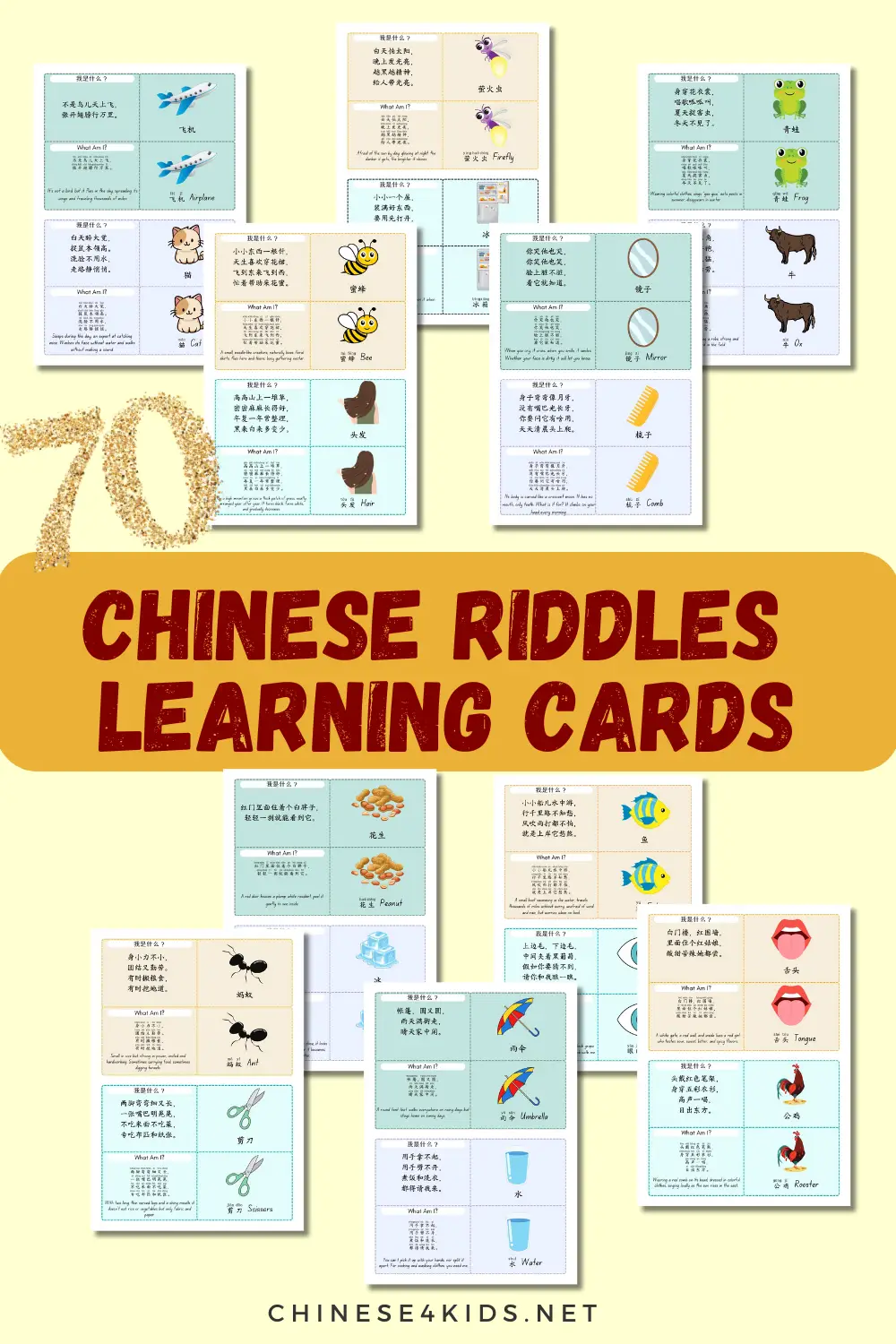
Home » Teach Mandarin Chinese to Kids » Teaching Chinese as a Second Language to Children: Lessons from Teachers
Teaching Chinese as a Second Language to Children: Lessons from Teachers

Teaching Chinese to children as a second language can be an exciting challenge. Teachers engaged in this task often find creative ways to motivate students. In this article, we explore innovative strategies based on the experience of expert teachers.
Also, if you need help with writing any educational document, try our letter writing service CustomWritings. You’ll find professionals who can deliver you a high-quality essay, which you can use for future lessons.
Create a solid foundation with interactive games
Games are an effective tool for children to become familiar with Chinese sounds and characters. Nowadays, teachers recommend tone recognition games, which allow children to learn in a fun way.
There is no doubt that dynamic activities reinforce pronunciation and make learning more engaging.
Involve parents in the process
Teaching is not limited to the classroom. To keep students interested in what they are learning, teachers stress the importance of involving parents in learning.
Teacher and parent education is the perfect complement to reinforce what is learned in class and encourages daily practice at home.
One learning strategy is educational videos and apps, an excellent way for parents to support their children without being language experts.
Teaching through culture
Chinese is not just a language but a rich culture. For this reason, introducing children to these cultural aspects, such as songs, festivals, and traditions, keeps children curious and connected.
Experienced teachers claim that contextualized learning helps retain interest and facilitates understanding of language structures.
At first, it may be a bit of a difficult language, but implementing the optimal educational methods will keep the children’s interest. Likewise, it will be a faster and more effective learning process than an adult.
Using technology to personalize learning
Digital tools and interactive applications have proven to be the key to capturing children’s attention. In this regard, Chinese language teachers recommend adaptive platforms that adjust the difficulty of lessons according to the learner’s progress.
This allows for personalized learning that adapts to the pace of each student. In addition, there are platforms with professionals who can teach you how to teach Chinese through essays and papers containing new learning strategies.
Maintain motivation with achievable goals
Children must see their progress in a tangible way. To this end, professionals in teaching Chinese suggest setting small, achievable goals. Applying this type of strategy builds confidence and keeps motivation high.
It is important that the educator creates an environment where mistakes are part of the learning process; this will help children feel more comfortable in the future.
Incorporating art and creativity
Finally, incorporating art is a powerful tool for teaching Chinese characters, which can be a bit difficult for someone studying it for the first time. In this sense, drawing and painting characters helps children memorize their shapes and meanings.
A practical way for the educator is to place activities such as calligraphy, which not only promote creativity but also handwriting accuracy.
Teaching Chinese to children requires creativity, patience, and innovative strategies. By applying these lessons from experienced teachers, children can enjoy the learning process and develop a solid foundation in the language.
Written by Guest Writer: Stacey Rigold
If you like this article, share it

You May Also Be Interested:
- Chinese4kids Membership – a portal for busy Chinese teachers and parents
- Chinese learning flashcards Hive – a flashcards library that with regular additions of new quality Chinese learning flashcards
- Chinese learning worksheets collection – Also a part of Chinese4kids membership, this collection is for teachers and parents who want to have access to engaging worksheets and activity sheets created for kids learning Mandarin Chinese as an additional language
- Speak Chinese with Kids Course
- Chinese Vocabulary Made Easy Course
Recent Posts
Join Our Membership
Enroll to A Course
Buy An eBOOK
Our Posts













